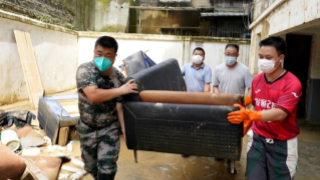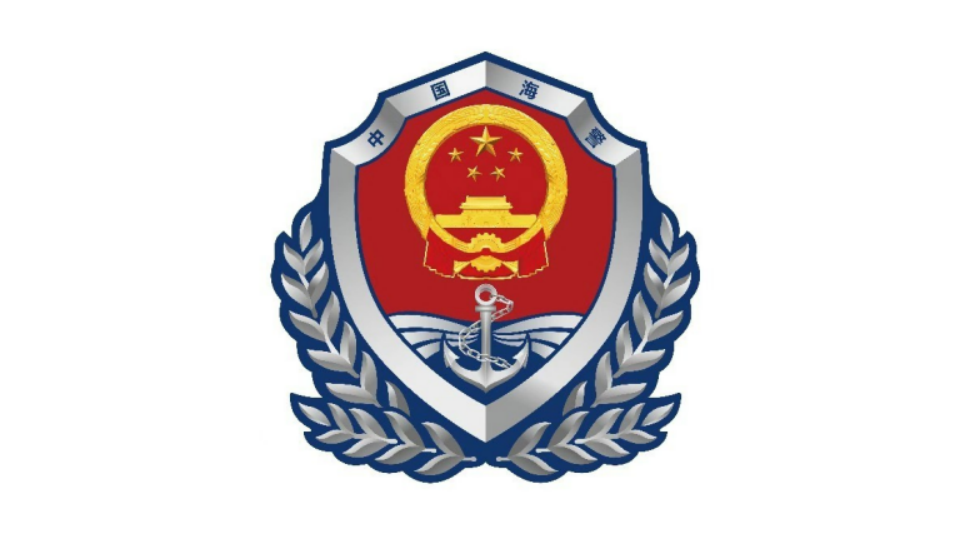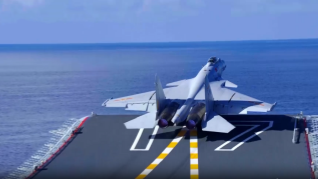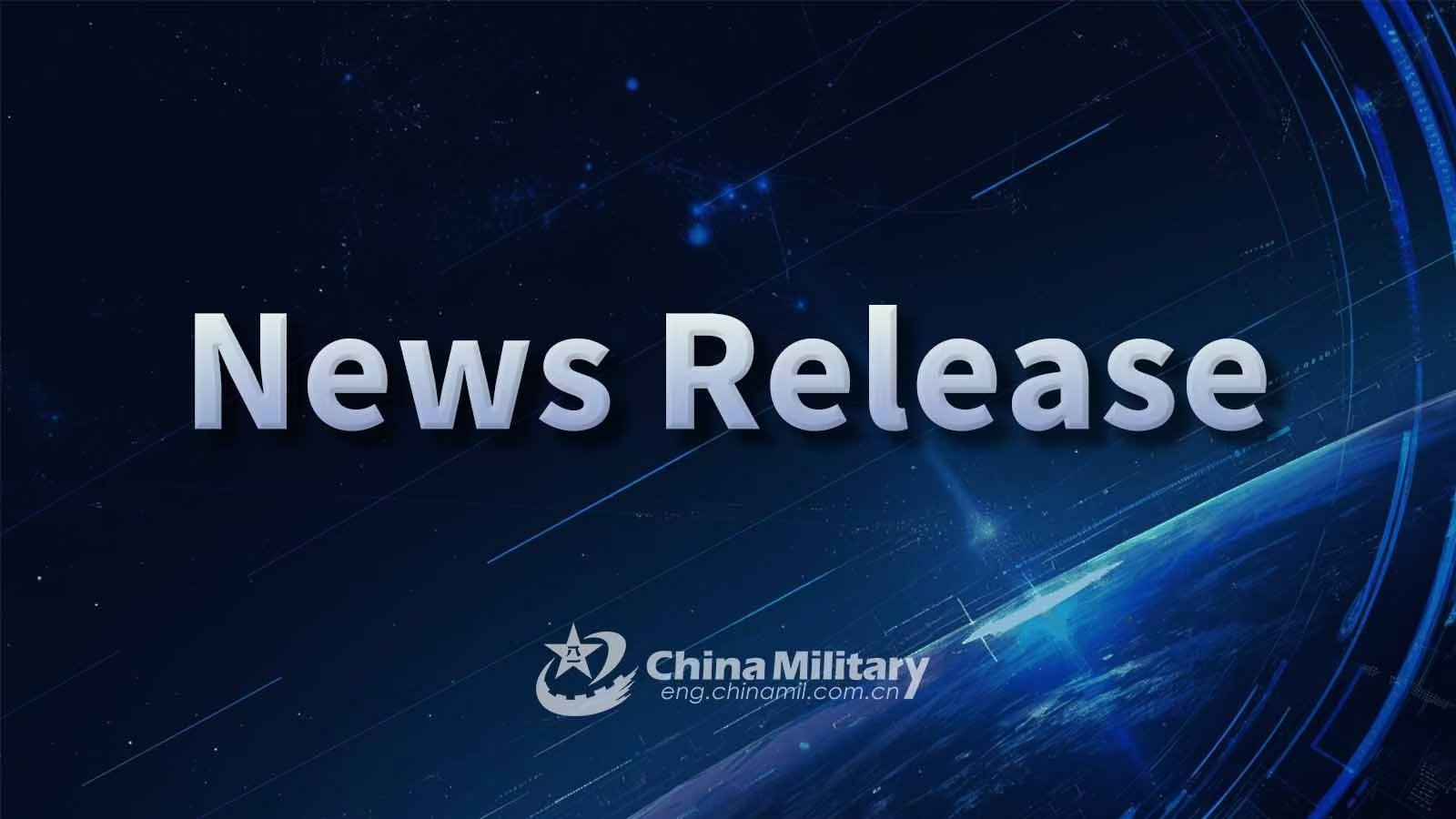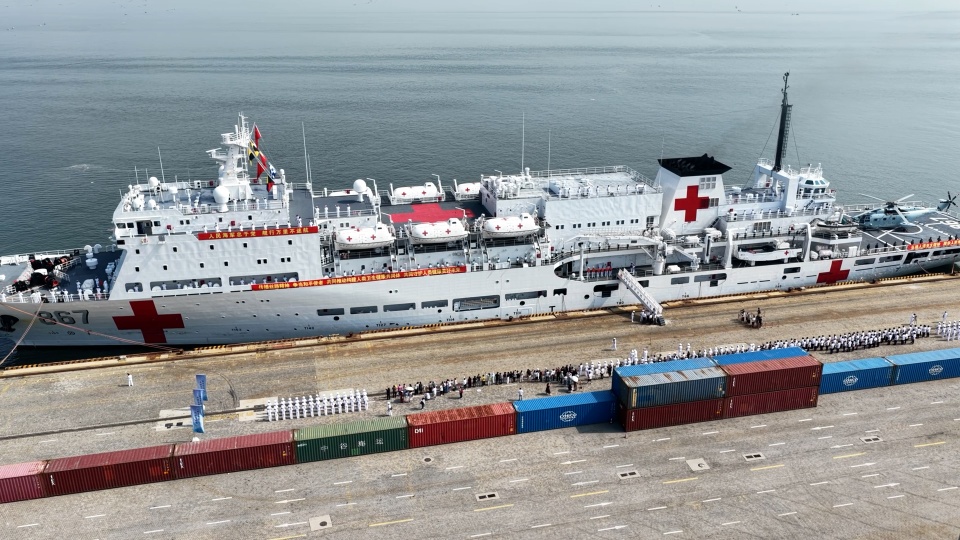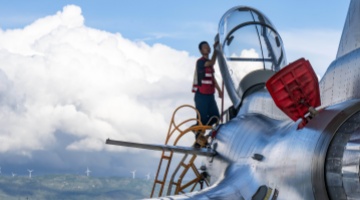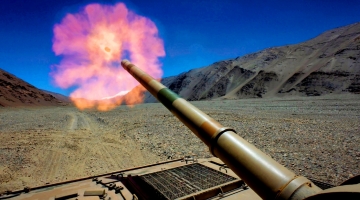By Yun Ruijing
The Okinawa Defense Bureau of the Japan Ministry of Defense (JMOD) recently announced that the US military will deploy a number of MQ-4C Triton drones indefinitely to the US Kadena Air Base. According to the bureau, the deployment, expected to begin within a few weeks, aims to augment US intelligence, surveillance, and reconnaissance capabilities in regions surrounding Japan and near China's Taiwan region.
Military observer Zheng Jian explained that the MQ-4C Triton is a long-endurance unmanned aircraft developed by the US Navy based on the Global Hawk platform. Equipped with radar, electro-optical sensors, and other detection systems, it boasts advanced strategic reconnaissance and surveillance capabilities. After its earlier temporary deployment, the drone has returned to Kadena Air Base. Related actions have raised serious concerns.
Zheng noted that the deployment of the MQ-4C Triton aims to boost US surveillance across the western Pacific, with a particular focus on Japan's southwestern approaches, including the Taiwan Strait, the East China Sea, the South China Sea, the Yellow Sea, and the Korean Peninsula. Moreover, the MQ-4C Triton is a strategic reconnaissance aircraft, making its deployment highly sensitive. Unlike previous short-term assignments, this iteration has been extended to an indefinite assignment, raising significant concerns.
Okinawa, as a key US military hub in the Western Pacific, hosts around 70% of the US forces stationed in Japan. For a long time, the presence of US forces in Okinawa has caused significant dissatisfaction among locals, and Okinawa Prefecture has continuously called for a reduction in the burden of US military bases. According to Zheng, the Japanese government's disregard for public opposition and its insistence on strengthening the US-Japan alliance will undoubtedly backfire.
He believes that in recent years, Japan has shown a clear trend of political right-wing shift, with the country seeking to challenge the post-World War II international order in an attempt to become a so-called normal country. This mindset has led Japan to comply with the demands of the US without question. After President Donald Trump took office, he demanded that Japan and other allies not only take responsibility for their defense but also support US actions at their expense. Although these demands were unreasonable, the Japanese government chose not to oppose them, instead willingly playing the role of a subordinate to the US. This approach will inevitably prevent the issue of US troops stationed in Japan from being resolved.
In addition to the indefinite deployment of unmanned reconnaissance drones in Okinawa, Fukuoka Prefecture in Japan recently announced an evacuation plan for 120,000 residents of Okinawa. This plan, cited as a measure for preparing for a so-called emergency in the Taiwan Strait, further pushes Japan's southwestern islands toward militarization. Zheng believes that the recent actions of Japan are part of the joint US-Japan strategy against China.
According to his analysis, the US seeks to engage in strategic competition with China to maint ain its hegemonic position, while Japan aims to achieve the "normalization" of the nation with the help of the US, making their goals align perfectly. The continued militarization of Japan's southwestern islands by the US and Japan, in an attempt to escalate tensions in the Asia-Pacific region, will undoubtedly pose a serious threat to both regional and global peace. Ultimately, the US and Japan will suffer the consequences of their actions.
Editor's Note: Originally published on military.cnr.cn, this article is translated from Chinese into English and edited by the China Military Online. The information and opinions in this article do not necessarily reflect the views of eng.chinamil.com.cn.





